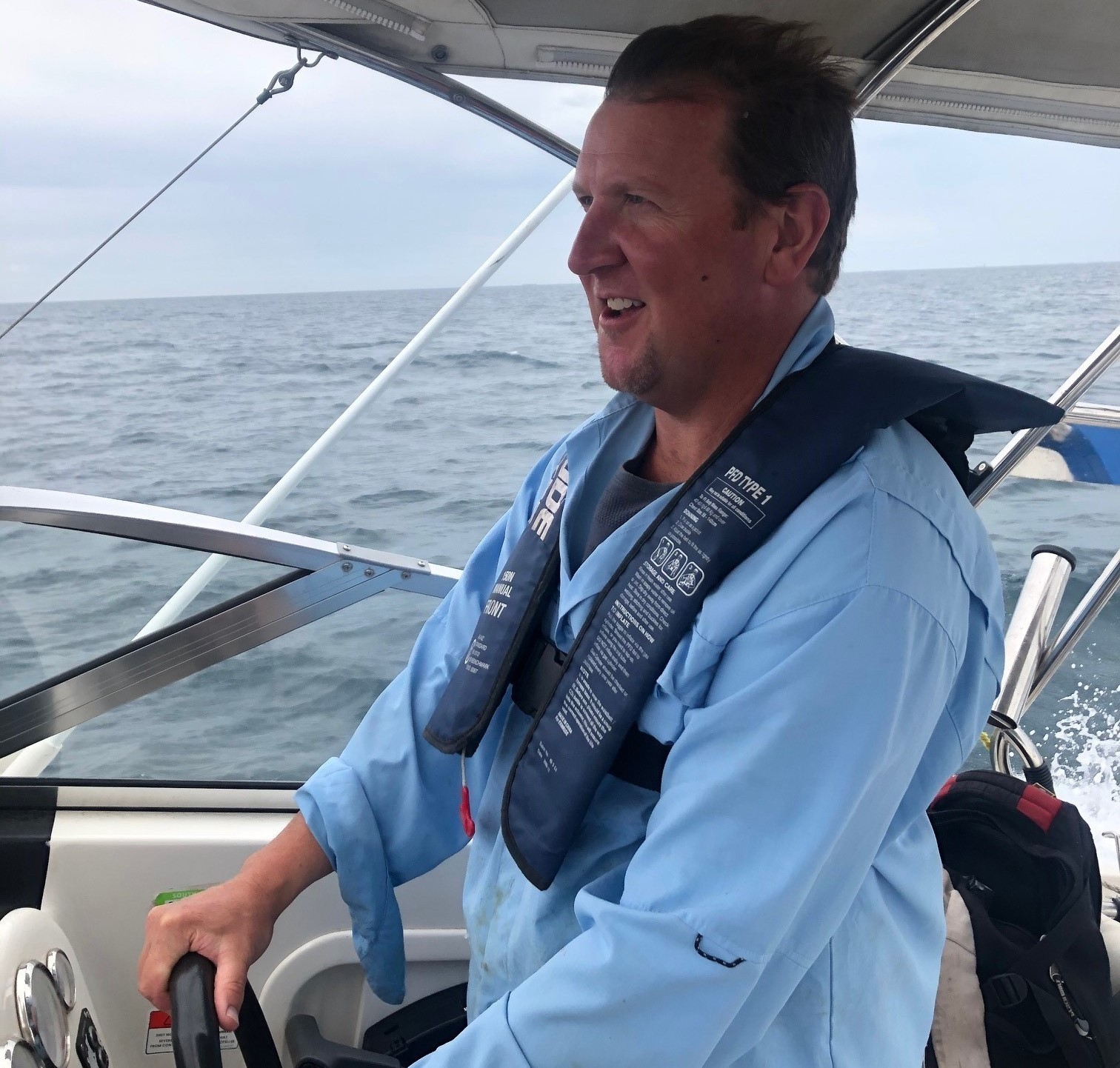Marine Safety SA May 2022 Newsletter
- SA boating safety survey 2022 - chance to win a lifejacket
- Rule change to lifejacket wear on boats 4.8 to 12 metres in length (with or without and engine)
- Spreading the safe boating message
- Are you licensed to boat?
- Knee boarders lucky to escape injury
- Personal watercraft - are you licensed?
- Cape Jervis boat ramp temporary closure for dredging works
- Waves and winds can be damaging
- BOM wave explainer
- Silent killer warning for winter boaters
SA boating safety survey 2022 - chance to win a lifejacket
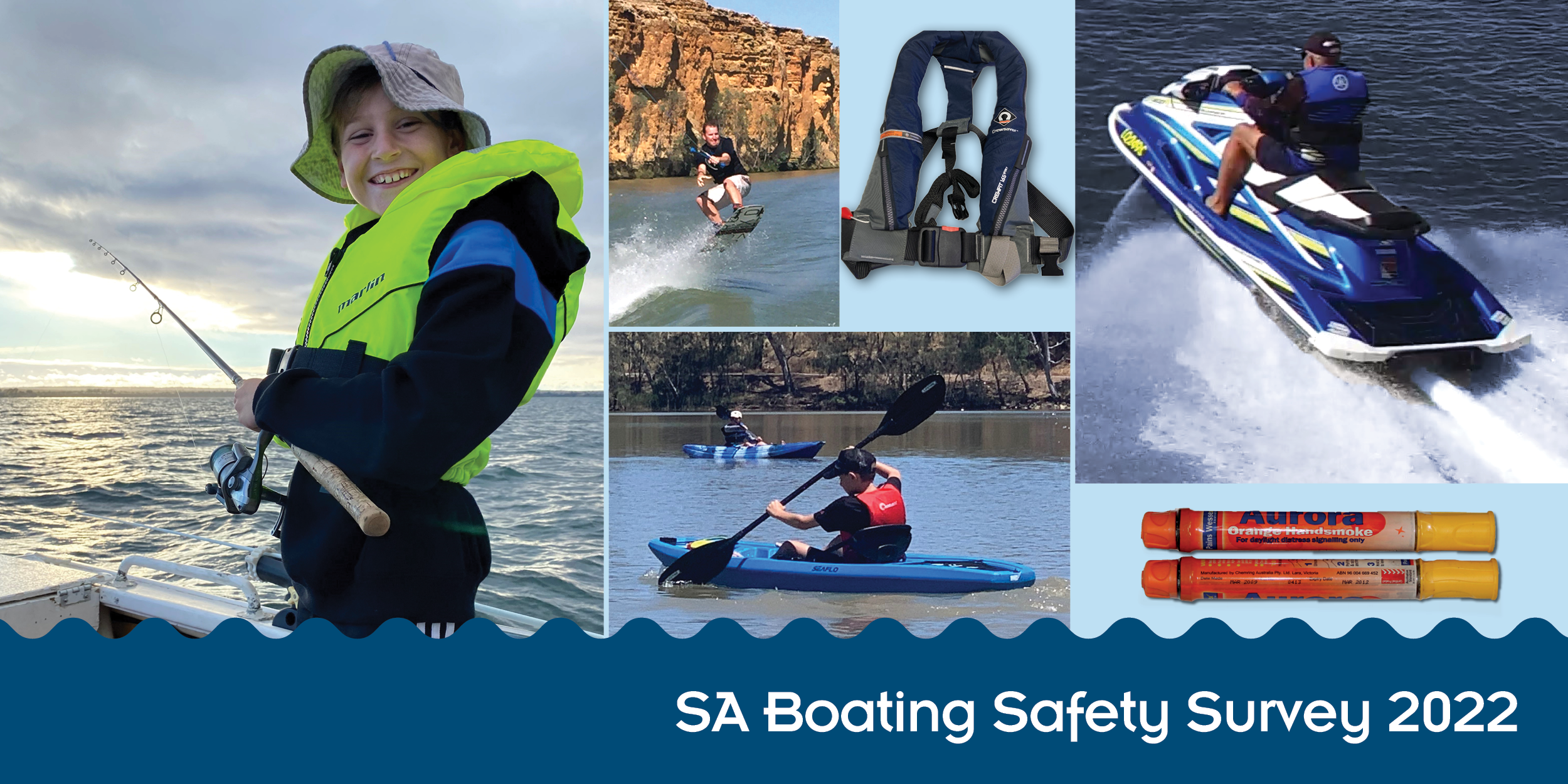
We want to hear from the recreational boating community – that is, anyone who owns, operates or is a passenger on a vessel (this includes power boats, personal watercraft, sailing boats and unpowered craft such as canoes, kayaks, paddle boards and more).
Your answers will help us to better understand the boating knowledge, behaviour and needs of recreational SA boaters.
Access the survey here. Once you complete the survey you can enter your email address to go into the draw to win one of two inflatable lifejackets valued at $145 each. The survey is open till 19 August, 2022. Terms and conditions available here.
Rule change to lifejacket wear on boats 4.8 to 12 metres in length (with or without an engine)
Wearing a lifejacket in times of heightened risk rules have changed from 30 May 2022
When in an open area of a vessel, the following lifejackets wear requirements apply when the vessel is underway or at anchor:
- Children who are 12 years old or younger must wear a lifejacket at all times. (lifejacket level depends on where you are operating - which lifejacket do you need?)
- In circumstances of heightened risk, all occupants must wear a lifejacket level 50 or 50S or higher in semi-protected or protected waters and must wear a lifejacket level 100 or higher in unprotected waters.
- Circumstances of heightened risk:
- When operating alone.
- When operating after sunset or before sunrise.
- When the boat is disabled.
- When crossing an ocean bar.
- At times of restricted visibility.
- When in an area subject to gale, storm force, hurricane force, thunderstorm or severe weather warning from the Bureau of Meteorology.
- When reasonably directed to do so by the master of the vessel.
NEW RULE for heightened risk conditions from 30 May, 2022:
- A lifejacket must be worn when operating only accompanied by a child, or children, who is 12 years old or younger. (lifejacket must be level 50 or 50S or higher in semi-protected or protected waters and level 100 or higher in unprotected waters)
Spreading the safe boating message
The Marine Safety team were busy over the Easter long weekend and April school holiday period promoting the safe boating message.
Our Marine Safety Officers provided river boating information about lifejacket wear and safety equipment at the Royal Life Saving SA annual River Safety Day at Paringa.
Compliance patrols across regional and metropolitan waters and boat ramps focused on checking lifejacket wear and watching out for people speeding in busy waters.
Over this school holiday period Marine Safety Officers conducted 471 vessel inspections. Overall, 59% of vessels were compliant - well done to those people doing the right thing to stay safe on the water. The main offences for non-compliant vessels were:
- not wearing or carrying lifejackets
- expired flares / failure to carry flares
- one to two items of safety equipment missing
- unregistered vessels
- speeding.
If you are heading out boating as the weather cools down make sure you stick to the rules to help keep you safe on the water.
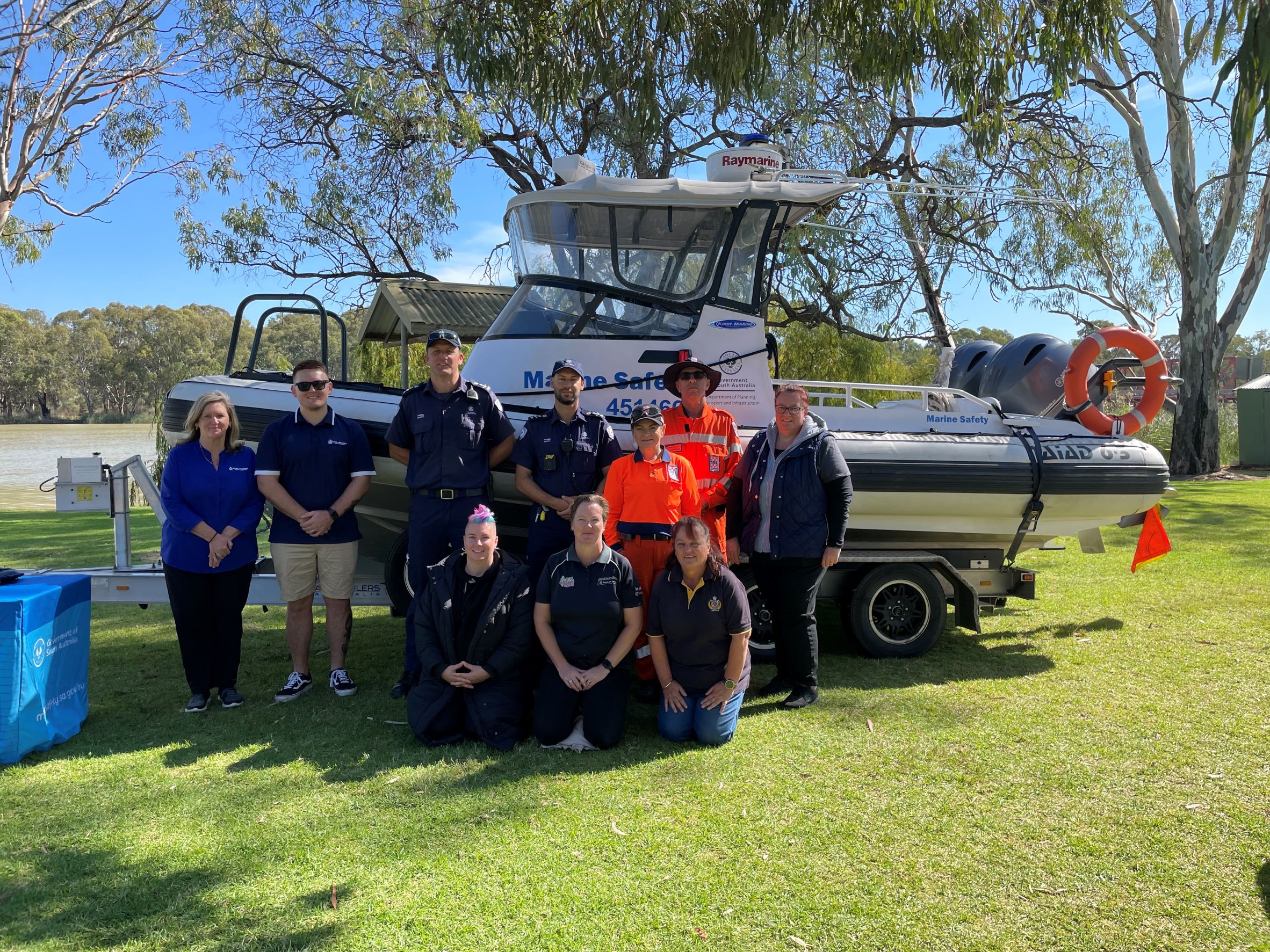
Marine Safety Officers and volunteers at the Royal Life Saving SA annual River Safety Day
Are you licensed to boat?
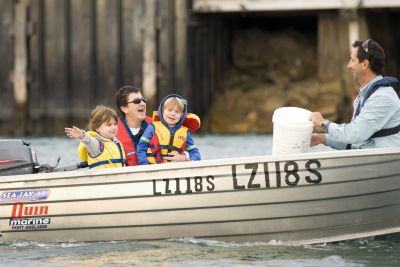
You need a boat licence to operate a motorised boat
Have you recently purchased a boat or do you regularly go out on a boat as a passenger and want to be the skipper? You must hold a boat licence to operate any type of recreational vessel fitted with an engine in SA.
Marine Safety Officers issued fines to 10 people over the Easter and April period for operating a vessel without holding a boat licence.
Anyone 16 years or older can apply for a boat licence in South Australia. Children aged 12 to 16 may apply for a special permit. Knowing your give way rules and what safety equipment you must carry are just some of the things you will need to know to pass the boat licence theory test.
Steps:
1. Book a theory exam with Service SA.
2. Prepare for the theory exam - it consists of a series of multiple-choice questions based on information in the Recreational Boating Safety Handbook. You can practise for your test here.
3. Take the theory test at Service SA and lodge the application form.
4. Lodge the application form with Service SA
There are a range of government approved training programs that issue certificates that are accepted in lieu of the theory exam. Visit this page for a full list.
Once you have your boat licence you will be ready to get some practise in. Get out on the water with a more experienced boat operator and learn how to safely put the theory into practise.
Knee boarders lucky to escape injury
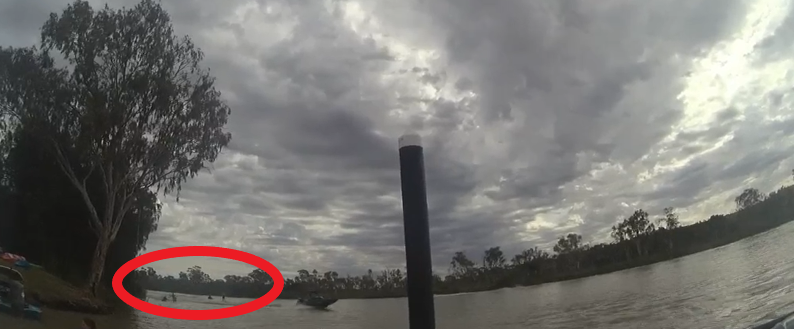
Body camera footage showing ski boat operator towing kneeboarders at speed near a boat ramp and semi submerged log.
Footage attained while Marine Safety Officers were patrolling the Murray River in April shows kneeboarders being towed in a dangerous manner.
The image captured via body cameras worn by all Marine Safety Officers shows a ski boat operator exceeding 4-knots within 30 metres of a vessel being retrieved at the boat ramp.
The operator also just missed a semi submerged log which could had resulted in serious injury or worse for the knee boarders being towed.
The Marine Safety Officer on duty said "So far in my role, this is the most dangerous act I’ve seen. It set me back, as I couldn't believe people would perform such a life threatening dangerous act such as this."
The operator of this vessel was fined $252 for operating in this careless and dangerous way.
For details on speed limits when towing and operating near other users and boat ramps please visit the Marine Safety SA website.
Personal watercraft - are you licensed?
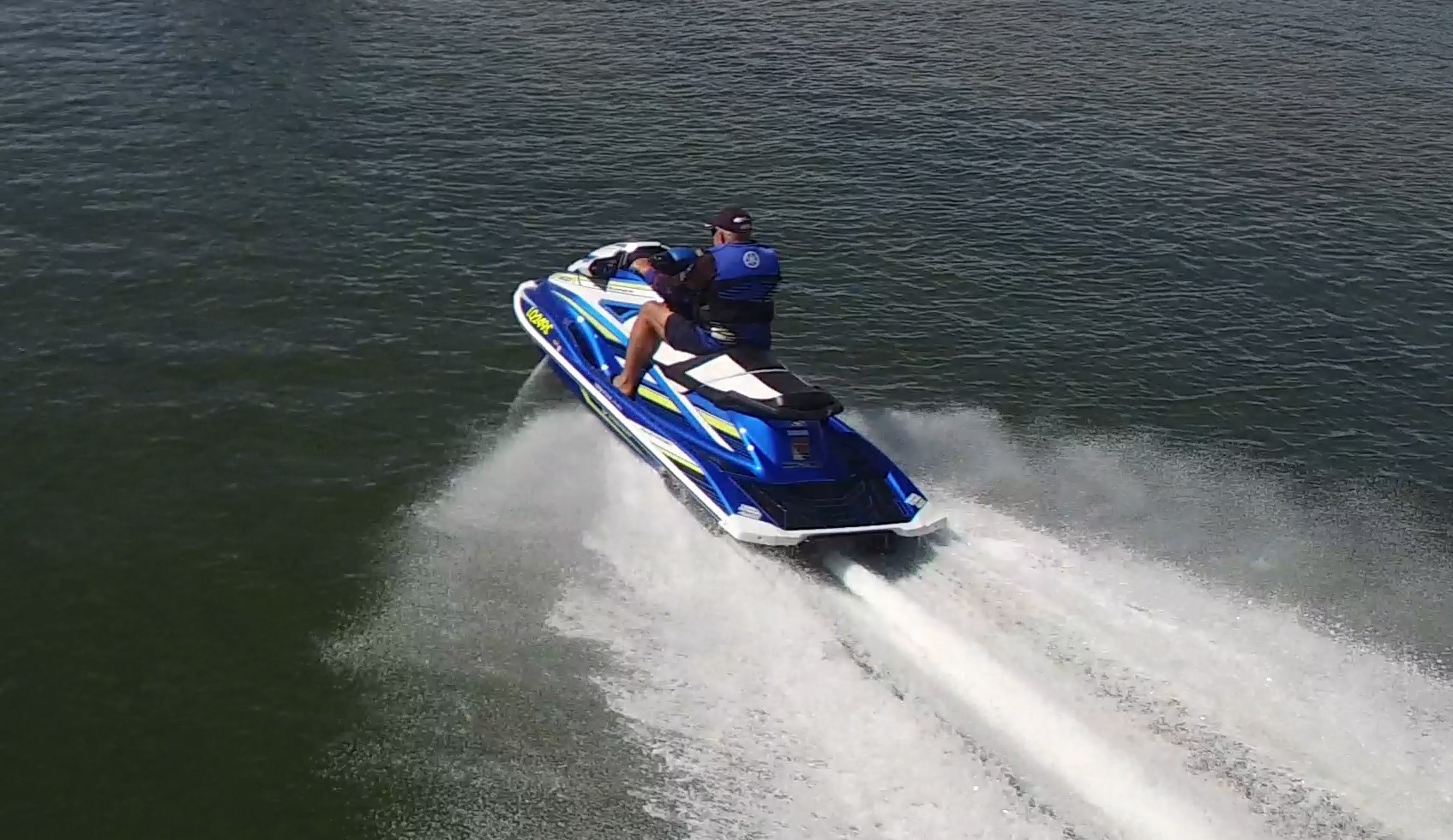
Personal water craft (PWC) commonly called jet skis are powerful vessels. You must be 16 years or older and hold a boat licence to operate a personal watercraft (PWC). Special Permit holders aged 12-15 years can not operate a PWC.
It is concerning that Marine Safety Officers are finding people as young as 12 years old operating PWC's alone. This puts the young unlicensed operator at risk of an accident, hurting themselves and other water users.
Rules about operating PWC safely can be found here.
Do not ride a personal watercraft without a code of practice (Ride Smart) sticker correctly affixed. Ride Smart stickers are available free of charge from any Service SA Service SA centre. The sticker reminds the operator of rules which are specific to PWC and are a legal requirement.
Cape Jervis boat ramp temporary closure for dredging works
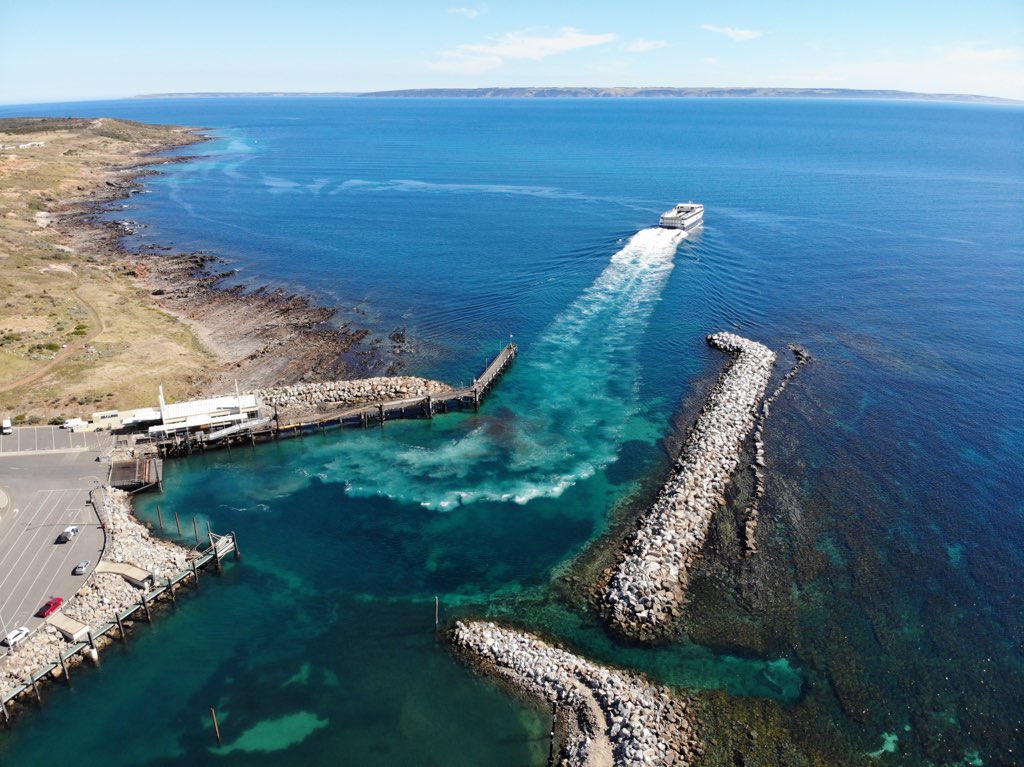
Dredging works at Cape Jervis will commence Monday 6 June (rescheduled from Wednesday 1 June) for approximately a week to maintain ongoing safety and access to the harbor.
The boat ramp will be closed while the dredge is in the harbor due to multiple navigation hazards.
Works to address immediate safety risks will be undertaken each night between 10pm and 5am, weather permitting. Sealink services will not be affected.
To maintain safety and productivity overnight, noise generated from anchor handling and diesel engines will be unavoidable.
Dredged materials will be excavated into a containment bin and then transferred to trucks. At various stages of the works, civil plant and machinery will be present.
For boat ramp users, the closest alternative ramp is Wirrina, Paradise Cove. Further dredging of the harbor will be required later this year.
Key updates will be available via the Department for Infrastructure and Transport's Facebook and Twitter.
Waves and winds can be damaging
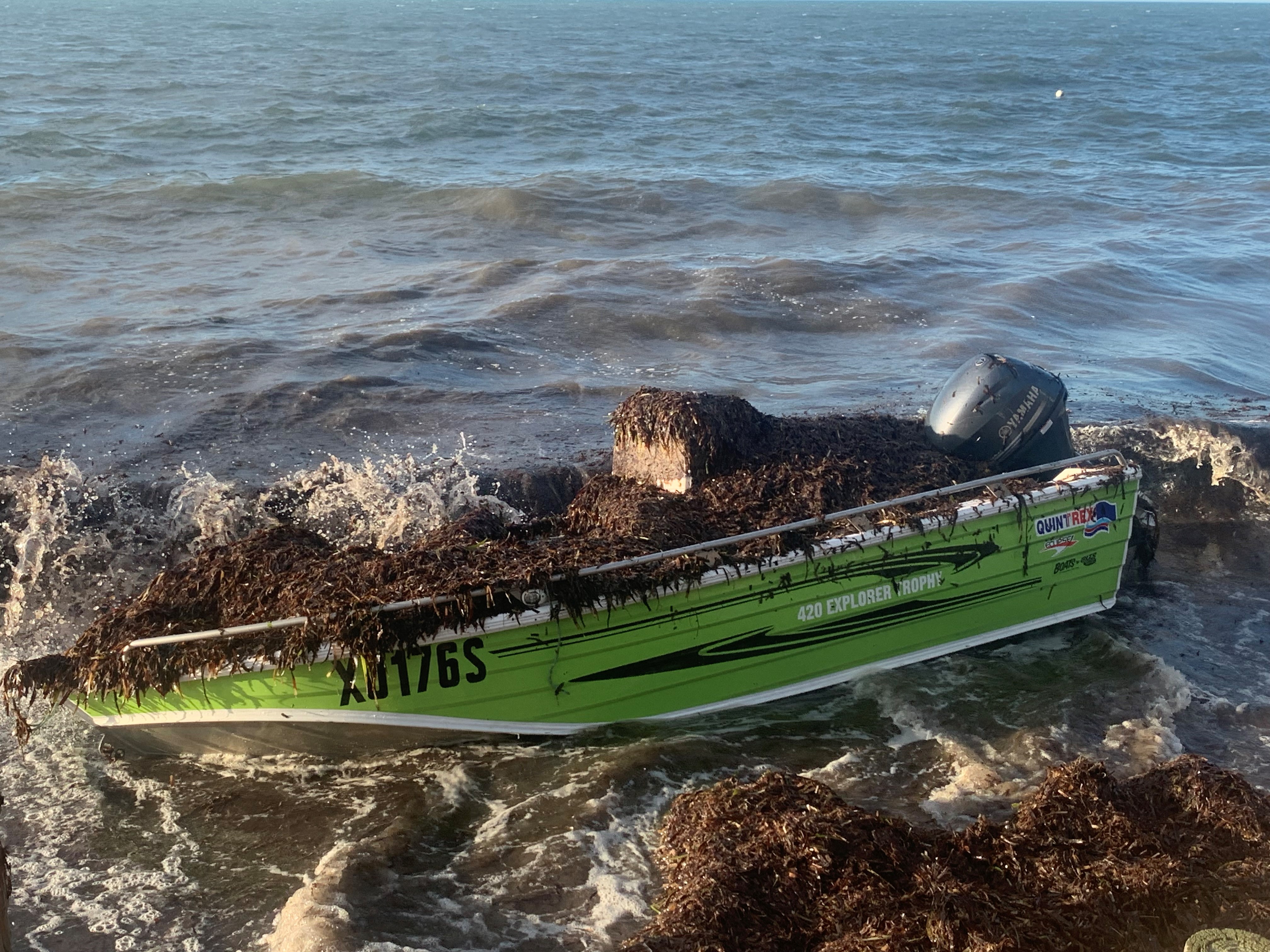
Boats can be damaged quickly in bad weather
The damage caused to this boat within 10 minutes of breaking a mooring in rough conditions is a stark reminder of how quickly weather can change as we head into cooler wintry weather.
The boat was quickly swamped with water and seaweed as high winds combined with big waves.
Luckily it was only the boat that was battered in these conditions and no one was injured.
It is a reminder to always check the weather before and during your boating. Conditions can change quickly. Download the BOM app with marine features or the Deckee app which includes weather updates from BOM and a range of other safe boating features.
BOM wave explainer
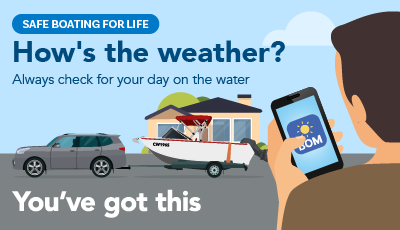
Dangerous waves can put your safety at risk if you are out boating. You can experience a wide range of wave heights during your time on the water. Big waves can pose a serious danger to boaters.
The BOM have put together a video to help you better understand waves. They also have information sheets available with further details about waves and heights. BOM Explainer: dangerous ocean waves.
Check the wind and wave heights via BOM before and during your trip. If in doubt - don't go out!
Silent killer warning for winter boaters
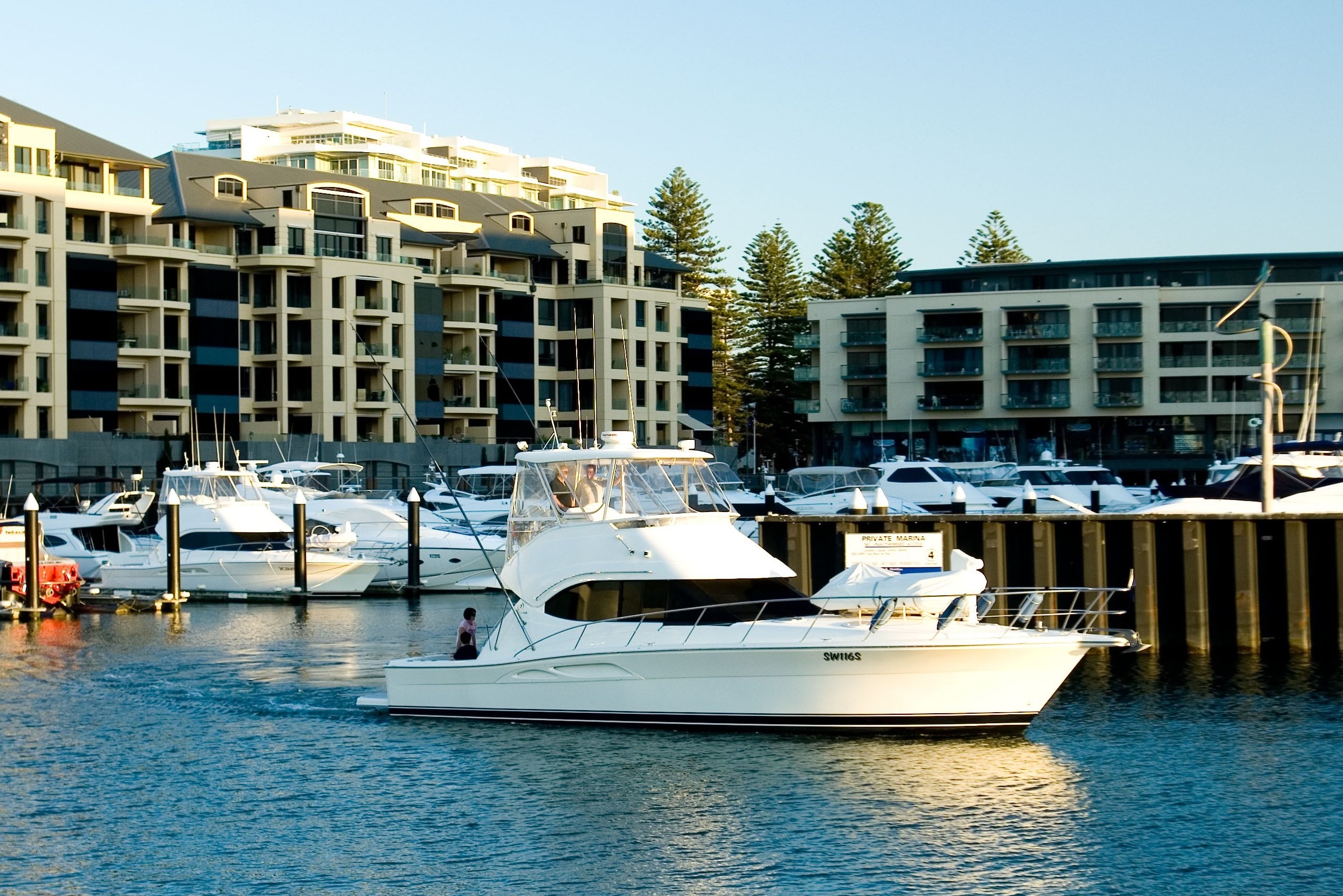 Installing a carbon monoxide gas alarm on your boat can save your life
Installing a carbon monoxide gas alarm on your boat can save your life
Sunny winter weekends can be a perfect opportunity for boaters to take advantage of quiet traffic conditions and calm waters – it’s also a timely reminder about the dangers of what’s known as a “silent killer”.
Fumes from a boat’s exhaust can accumulate in the cockpit area where crew are seated, especially if it is partially enclosed by a canopy.
Skippers are urged to make sure their boat’s seating areas are well ventilated, especially if heating or cooking appliances are being used, and to be aware of the likely signs of carbon monoxide poisoning, which can include headaches, dizziness, nausea and loss of consciousness.
A carbon monoxide gas alarm can be fitted cheaply to any boat. These can be purchased from your local hardware store.



